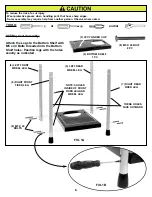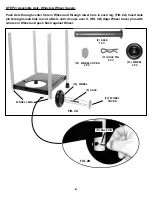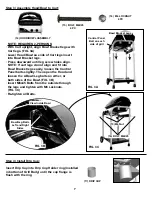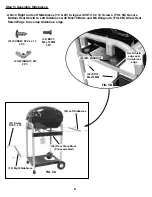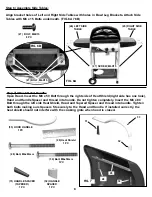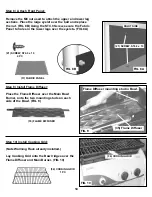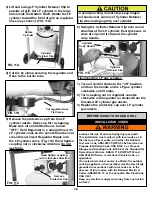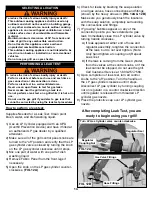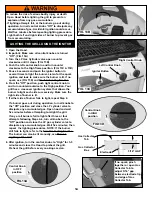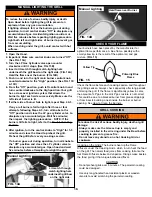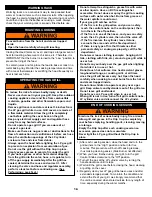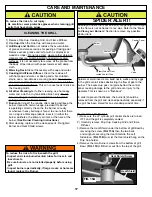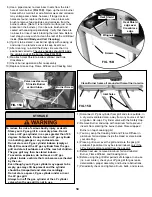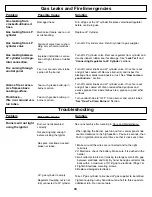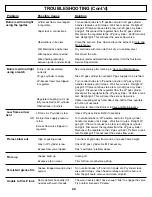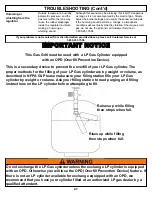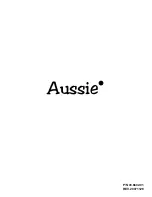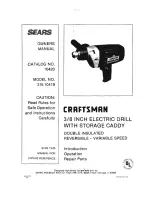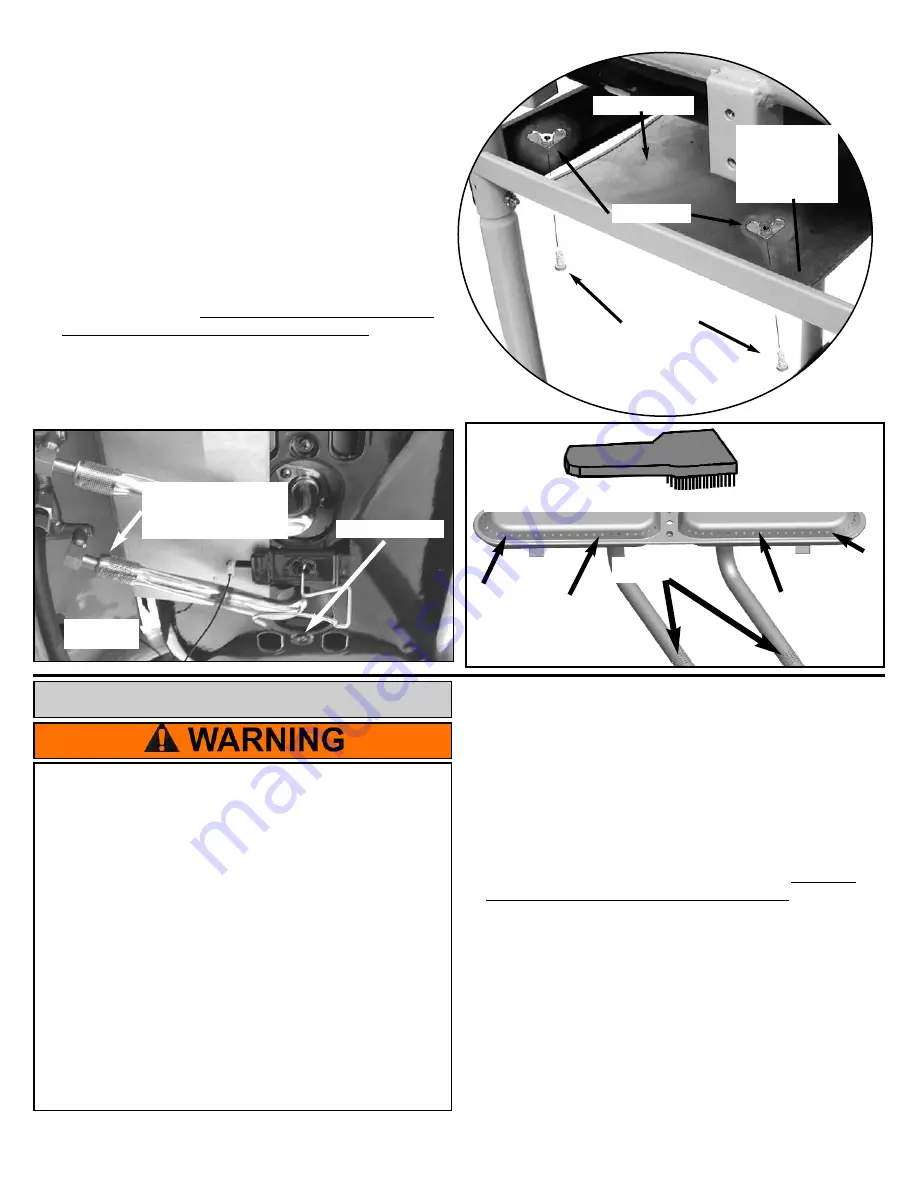
FIG. 15B
Wingnuts
Heat Shield
edge over
Crossbrace
edge
Screws
Heat Shield
Valve nozzles must
fit inside Burner
venturi tubes .
Burner Screw
FIG. 15C
5) Use a pipe cleaner to clear insect nests from the inlet
hole of main burner
(FIG. 15D
). Open up the main burner
holes with a small nail or wire.Normal wear and corrosion
may enlarge some holes, however, if large cracks or
holes are found, replace the Burner. Use a brass wire
brush to remove food particles and corrosion from the
burner surface. (Note: It is normal for surface rust to be
present on the burners.) It can be wire brushed and
coated with cooking oil periodically. Verify that there are
no insects or insect nests blocking the inlet hole. Before
next step you may wish to clean the rest of the Grill Bowl
inside.
(See Grill Body and Cart Cleaning.)
6) If grill is to be stored, coat Burner lightly with cooking oil
and wrap in a protective cover to keep insects out.
7) After cleaning, re-install the Burner. Be sure that it is
positioned correctly. The valve nozzles should fit inside
the venturi ends of the burner.
(See FIG. 15C)
8) Re-attach Heat Shield to bottom of Bowl and Side
Crossbrace.
9) Check burner operation after re-assembly.
10) Replace Grease Cup, Flame Diffuser and Cooking Grid.
Clean Burner holes all around with small nail or wire.
Inlet holes
FIG. 15D
STORAGE
To reduce the risk of serious bodily injury or death:
· Store your LP gas grill in a cool dry place. Do not
store an LP gas cylinder in a space greater than 125
degrees Fahrenheit. Do not store an LP gas cylinder
in a building ,garage or any enclosed area.
· Do not store an LP gas cylinder indoors (empty or
filled). Disconnect the LP gas cylinder from the gas
grill and store it outdoors out of the reach of children.
The gas grill may then be stored indoors.
· To avoid an explosion, do not leave an LP gas
cylinder inside a vehicle that can become overheated
by the sun.
· Even though your LP gas cylinder may appear to be
empty, gas may still be present and the cylinder
should be transported and stored accordingly.
· Do not store a spare LP gas cylinder under or near
the LP gas grill.
· Always turn off the gas cylinder at the LP cylinder
valve when the gas grill is not in use.
1) Disconnect LP gas cylinder from grill and store outside, in
a dry, well-ventilated area, away from any sources of heat
or ignition. Re-cap LP cylinder valve with the Safety Cap.
2) Remove Burner and wrap with aluminum foil to prevent
insects from entering the burner holes. Store wrapped
Burner on top of cooking grid.
3) You may wrap the Cooking Grid and Flame Diffuser in
aluminum foil and place inside the Hood or store inside
your dwelling.
4) Place a grill cover over the grill and store the gas grill
outdoors if possible. It may be stored indoors only if the
LP cylinder is disconnected from the gas grill.
5) Before next use, remove aluminum foil and reinstall
Burner, Flame Diffuser, and Cooking Grid.
6) Before using the grill after periods of storage or non-use
(i.e. over winter), check your LP gas grill for gas leaks,
deterioration, proper assembly, and burner obstructions.
7) Periodically check and tighten all nuts, bolts, and screws.
18


